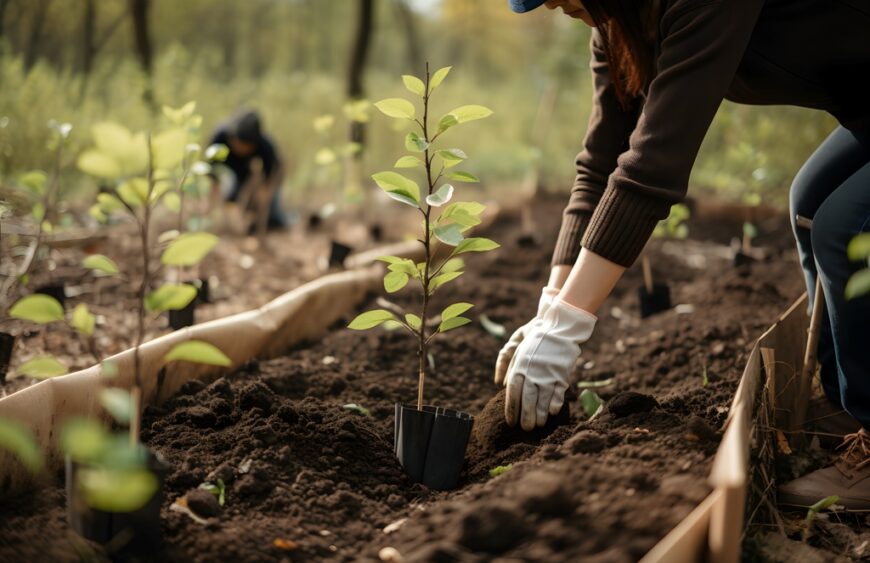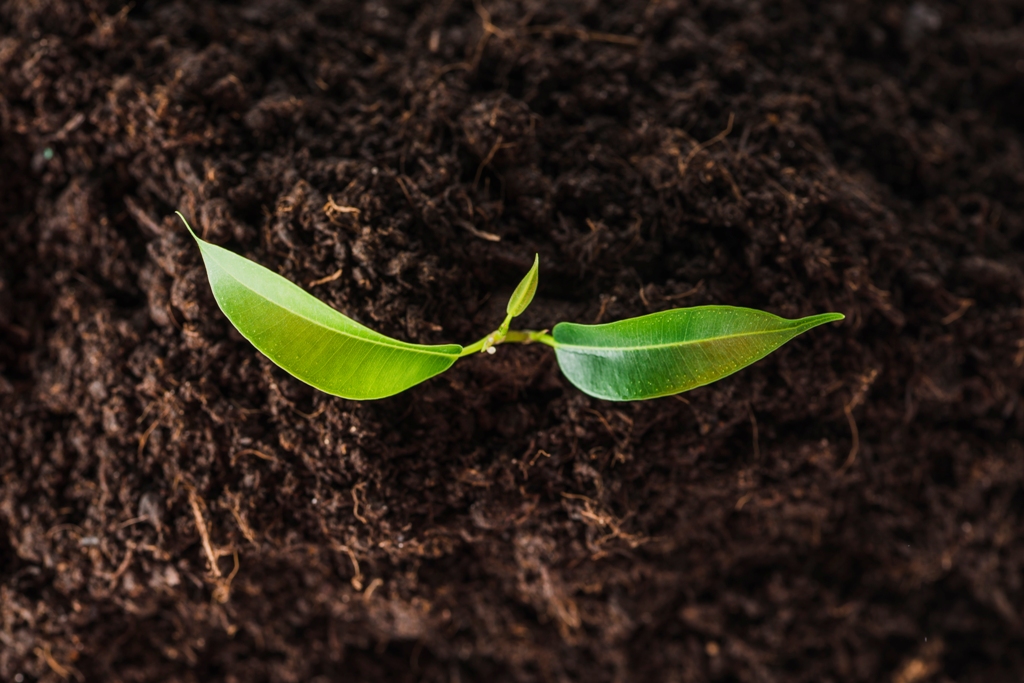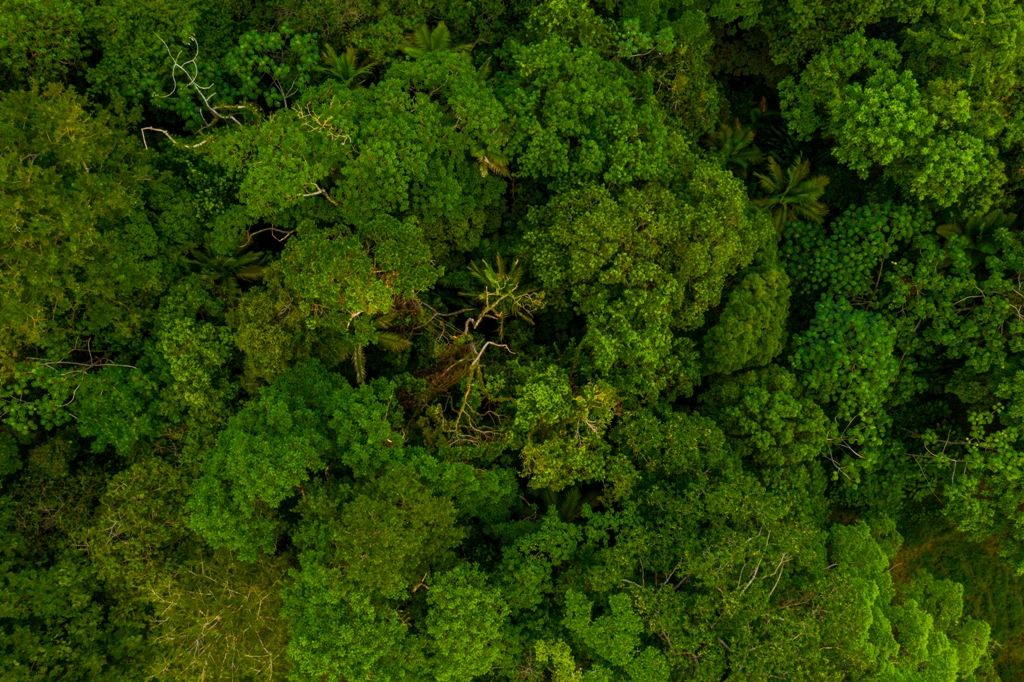How to Choose the Right Location for Tree Planting
9 October 2023 2023-10-09 14:23
How to Choose the Right Location for Tree Planting
In a world facing escalating environmental challenges, the act of planting trees stands as a beacon of hope and change. Trees, these towering symbols of life and resilience, not only lend grace to our landscapes but also play a pivotal role in mitigating climate change, enhancing air quality, and supporting biodiversity. In this definitive guide, “How to Choose the Right Location for Tree Planting,” we embark on a journey of knowledge and stewardship, exploring the nuanced art and science behind selecting the perfect site for planting trees.
Why Choosing the Right Location Matters
Before we delve into the intricacies of site selection, it’s imperative to understand why the choice of location is of paramount importance. Trees, those silent champions of our environment, perform a multitude of life-sustaining tasks. They are nature’s carbon warriors, absorbing up to 22 kilograms of carbon dioxide (CO2) annually for each mature tree. With deforestation taking a toll on our planet, tree planting initiatives are our imperative response to replenishing what we’ve lost.
But the contributions of trees extend beyond carbon sequestration. They are the architects of shade, capable of reducing air temperatures in urban areas by as much as 7°C. This cooling effect not only makes our cities more hospitable but also reduces energy consumption for cooling buildings. Trees are air purifiers, cleansing our atmosphere of pollutants, and releasing life-giving oxygen in return.
Tree Species and Location Compatibility
Selecting the right tree species for your location is akin to finding the perfect puzzle piece. Trees have varying preferences when it comes to climate, soil, and other environmental conditions. Understanding these preferences is crucial to ensuring your trees thrive. For instance, the European yew (Taxus baccata) can live up to 2,000 years, while some palm trees flourish in tropical climates. Recognizing the climate zones and rainfall patterns in your area is the first step in making an informed choice.
Soil Conditions and Tree Health
Beneath the surface, a hidden partnership unfolds. Tree roots entwine with the soil, creating a subterranean ecosystem where water, nutrients, and beneficial organisms collaborate. Soil quality matters immensely; it influences a tree’s growth, stability, and resilience. Healthy soil that is well-aerated and rich in organic matter encourages robust root development and nutrient uptake.
Soil preparation is akin to setting the stage for a tree’s lifelong performance. It begins with assessing the current state of the soil, considering its texture, drainage, and nutrient content. Enhancing soil fertility with organic matter can boost a tree’s chances of thriving.
Sunlight Requirements and Placement
Sunlight is the fuel of life for trees. Through the miracle of photosynthesis, they convert sunlight into energy, fueling their growth and producing oxygen as a byproduct. Understanding the sunlight requirements of your chosen tree species is vital. Some trees are sun-loving, thriving in full sunlight, while others are more shade-tolerant.
Determining the availability of sunlight in your chosen location is a crucial step. Factors such as the position of the sun in the sky throughout the day, shading from buildings or other trees, and the presence of obstacles can all affect the amount of sunlight a location receives.
In the following sections, we will guide you through a systematic process for selecting the perfect tree planting location. From assessing soil conditions to considering future growth, you will gain the expertise needed to embark on a tree planting journey that not only beautifies your environment but also contributes to a greener, healthier world.
Every tree planted holds the potential to be a pillar of positive change. Join us in this exploration of the science and art behind choosing the right location for tree planting, and together, let’s sow the seeds of a more sustainable future.

Space, Spacing, and Future Growth
The dimensions of space may appear simple, but when it comes to tree planting, they carry profound implications. Choosing the right amount of space for your trees and understanding how they will grow over time are critical considerations in the journey towards a flourishing forest.
The Importance of Space
Space is a limited resource, and as tree stewards, we must allocate it judiciously. The concept of space encompasses not only the physical area where a tree is planted but also the available resources, including water, nutrients, and light. Trees compete with each other and other vegetation for these resources, emphasizing the importance of adequate spacing.
Spacing Considerations
Proper spacing is about creating a harmonious and sustainable environment for trees to thrive. Overcrowding can lead to competition for resources, increased vulnerability to pests and diseases, and stunted growth. As you plant, consider factors like the mature size of the tree, its crown spread, and root space requirements.
Additionally, think about the intended use of the space. Trees planted near buildings should be placed far enough away to avoid future conflicts with structures, while those in open landscapes might require more generous spacing.
Future Growth Predictions
Trees are living beings with a remarkable capacity for growth and change. As you choose a location, it’s essential to foresee how your trees will evolve over time. Factors such as the height, spread, and root development of your chosen species will dictate their future requirements for space.
Understanding the growth habits of your trees allows you to envision the transformation of your chosen site into a vibrant and sustainable ecosystem. It enables you to plan for adequate maintenance, pruning, and protection against potential hazards.
Site Selection Process
Selecting the perfect location for tree planting is a multi-faceted process that demands careful consideration and assessment. In this section, we’ll guide you through a systematic approach to site selection, empowering you to make informed decisions that set the stage for successful tree growth.
- Sunlight Assessment: Begin by evaluating the availability of sunlight in your chosen location. This step is crucial, as sunlight is the primary energy source for trees. Factors such as the duration of sunlight exposure, shading from surrounding structures or vegetation, and the angle of sunlight throughout the day should all be taken into account.
- Soil Analysis: Next, delve beneath the surface to assess the soil conditions. Understanding your soil’s texture, pH level, and drainage capacity is essential. Conduct soil tests to determine its nutrient content and organic matter. Different tree species have varying soil preferences, and tailoring your soil preparation to your chosen species is key to success.
- Spacing and Growth Projections: Consider the space available for planting and the projected growth of your trees. Factor in the mature size of the trees, including their height and crown spread. Adequate spacing prevents overcrowding, competition for resources, and future conflicts with structures or neighboring trees.
- Environmental Impact Assessment: Assess the environmental impact of your tree planting project. Consider how the new trees will affect the local ecosystem, including wildlife habitat, water absorption, and carbon sequestration. Integrating your project into the local environment can lead to a more balanced and resilient ecosystem.
- Local Climate and Weather Patterns: Account for the local climate and weather patterns. Different tree species have varying climate preferences, and understanding your region’s temperature ranges, rainfall patterns, and microclimates can help you choose trees that will thrive.
By following this systematic site selection process, you’ll be equipped with the knowledge needed to make an informed decision when choosing the right location for your tree planting project. In the next section, we’ll explore the unique considerations of urban tree planting, where factors like the urban heat island effect and local regulations come into play.
Urban Tree Planting
The art of tree planting takes on a unique dimension when applied to urban landscapes. Urban areas, characterized by concrete jungles and bustling streets, present both challenges and opportunities for tree planting. In this section, we’ll explore the specialized considerations and benefits of urban tree planting.
The Urban Heat Island Effect
Urban areas often suffer from the urban heat island effect, where temperatures rise significantly due to the heat-absorbing properties of concrete and asphalt. Trees offer a natural remedy to this issue. Planting trees strategically within urban landscapes can reduce the urban heat island effect by providing shade and cooling the air.
The cooling effect of urban trees isn’t just a matter of comfort; it directly impacts energy consumption. By reducing temperatures, trees can lower the demand for air conditioning in buildings, leading to energy savings and reduced greenhouse gas emissions (refer to statistics).
Benefits of Urban Trees
Beyond temperature regulation, urban trees offer a multitude of benefits. They act as air purifiers, removing pollutants from the atmosphere and releasing oxygen. This improves air quality and human health, contributing to a more livable city environment.
Urban trees also provide habitat and sustenance for wildlife within city limits. Birds, insects, and other animals find refuge in the branches and foliage of urban trees, supporting local biodiversity.
Additionally, urban trees can enhance the aesthetics of a city, making it more appealing and vibrant. They create green oases amidst the concrete, providing spaces for relaxation and recreation.
Challenges of Urban Tree Planting
While the benefits of urban tree planting are abundant, challenges exist. Urban spaces often have limited soil volume and quality, which can restrict root growth and access to essential nutrients. Competing for space with underground utilities and infrastructure further complicates tree planting in cities.
Local regulations and permits may also govern urban tree planting. Familiarizing yourself with these regulations and obtaining the necessary approvals is essential for a successful urban planting project. Innovative approaches, such as using specialized planting techniques and selecting tree species that can thrive in urban conditions, are crucial for overcoming these challenges.

Biodiversity and Ecosystem Benefits
The act of planting trees extends its influence far beyond the individual tree and its immediate surroundings. Trees play a vital role in fostering biodiversity and supporting the overall health of ecosystems. In this section, we’ll explore the profound impact of tree planting on biodiversity and the broader environment.
Biodiversity Support
Trees, with their diverse canopy structures and nutrient-rich foliage, provide critical habitat and sustenance for a wide range of species. A single tree can offer shelter, food, and nesting sites to up to 300 different species of animals, including birds, insects, and mammals.
By planting a variety of tree species, you create a mosaic of habitats, attracting and supporting a diverse array of wildlife. This diversity enhances the overall health and resilience of the ecosystem.
Carbon Sequestration and Climate Mitigation
Every tree planted is a guardian of the atmosphere. Trees are remarkable carbon sequestration machines, capturing carbon dioxide (CO2) from the air and storing it in their biomass. A mature tree can absorb up to 22 kilograms of CO2 annually (refer to statistics), making them invaluable allies in the fight against climate change.
To put this into perspective, a hectare of mature forest can sequester around 20 metric tons of CO2 per year. Tree planting initiatives worldwide are actively working to offset carbon emissions from various sources, contributing significantly to global climate change mitigation efforts.
Ecosystem Health and Resilience
Beyond their role as individual habitat providers, trees contribute to the overall health and resilience of ecosystems. They enhance soil quality through root interactions, prevent erosion, and promote nutrient cycling. Trees also play a pivotal role in water absorption and regulation, reducing the risk of flooding and enhancing local hydrology.
By fostering biodiversity, mitigating climate change, and supporting ecosystem health, tree planting projects reverberate through the interconnected web of life, creating a brighter and more sustainable future for all.
As we conclude this section, we emphasize the importance of being mindful stewards of our environment and actively participating in tree planting initiatives. Each tree you plant contributes to a healthier, more biodiverse, and more resilient world. In the next section, we’ll explore community engagement and tree planting events, highlighting how individuals and communities can be part of this global movement dedicated to a greener, healthier future.
As we conclude this comprehensive guide to choosing the right location for tree planting, we hope you’ve gained valuable insights into the importance of this endeavor, the intricacies of site selection, and the broader impact of tree planting projects on the environment and communities.
Every tree planted is a testament to our commitment to a greener, healthier world. By planting trees strategically, caring for them, and supporting tree planting initiatives, you can make a lasting difference in your community and our planet. Remember that trees not only sequester carbon and improve air quality but also provide habitat for wildlife and enhance the beauty and livability of our surroundings.
We encourage you to take action, share your tree planting experiences, and inspire others to join the global effort to combat climate change, promote biodiversity, and create a greener, healthier future for generations to come. Together, we can make our world a better place, one tree at a time.






